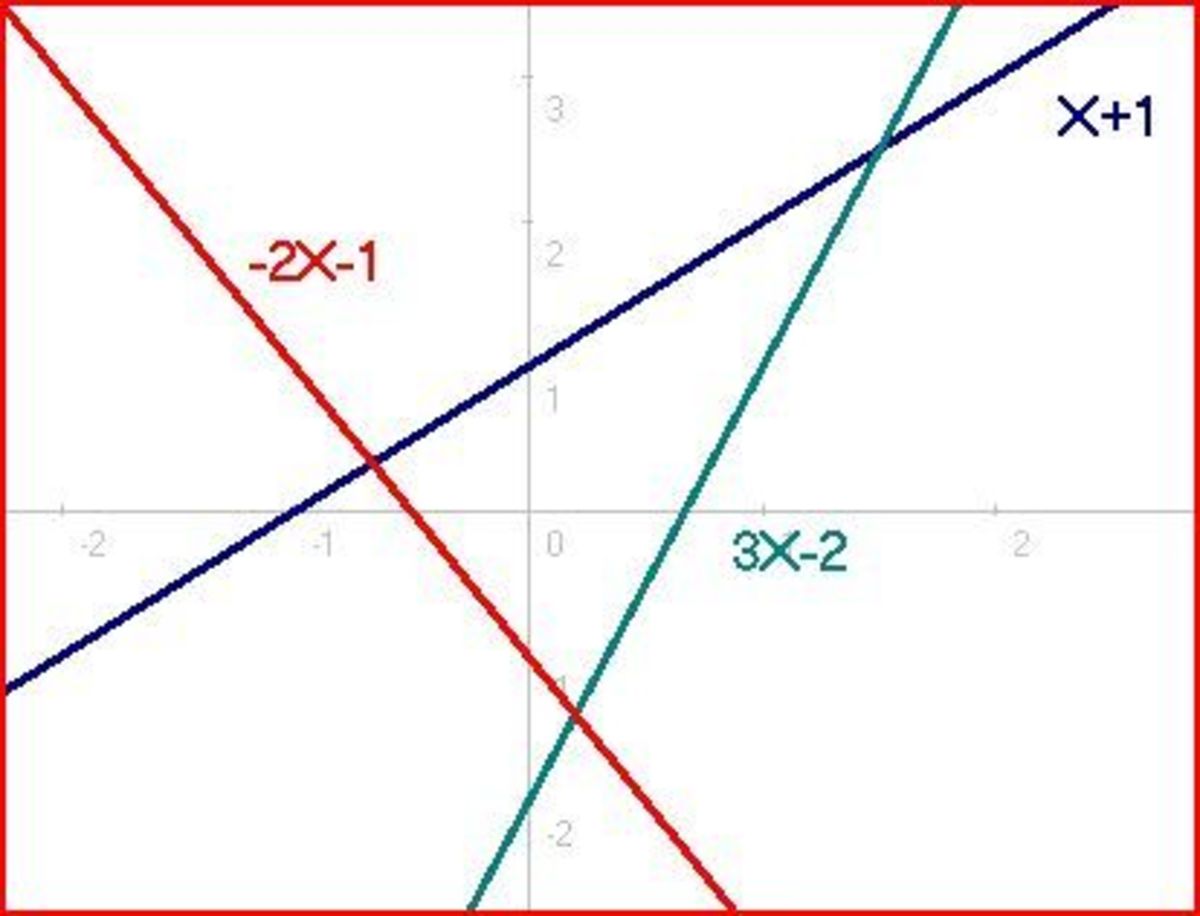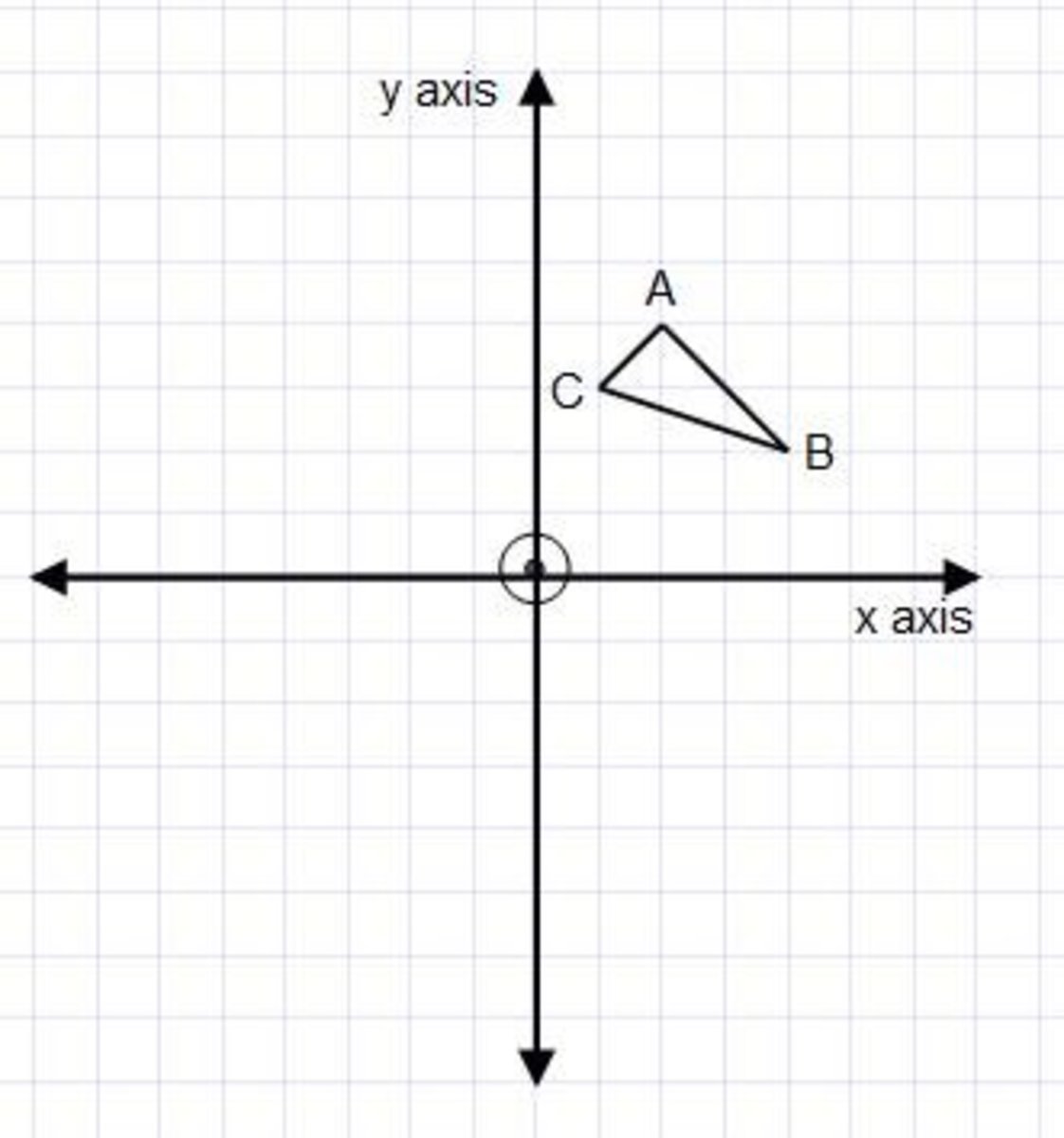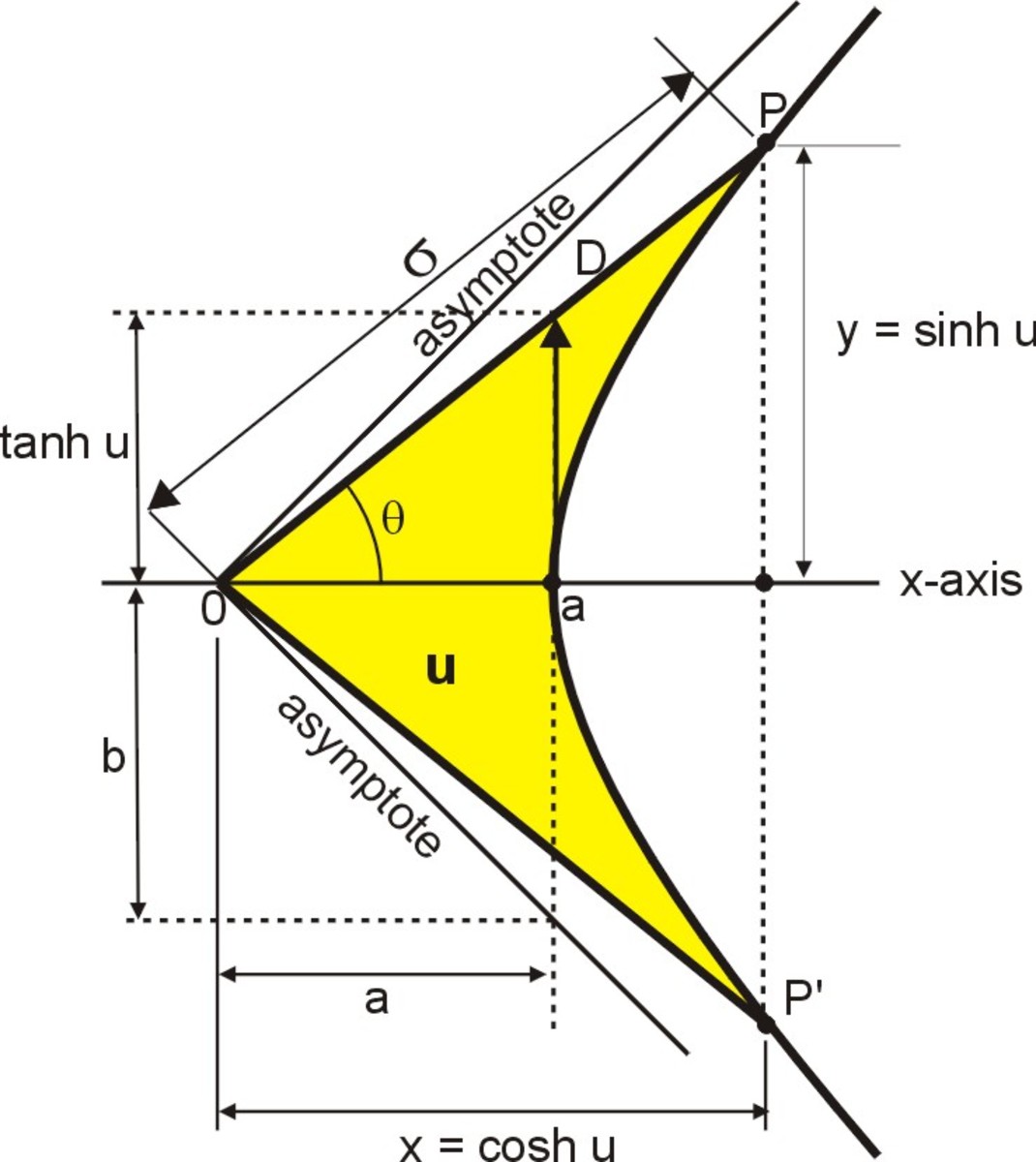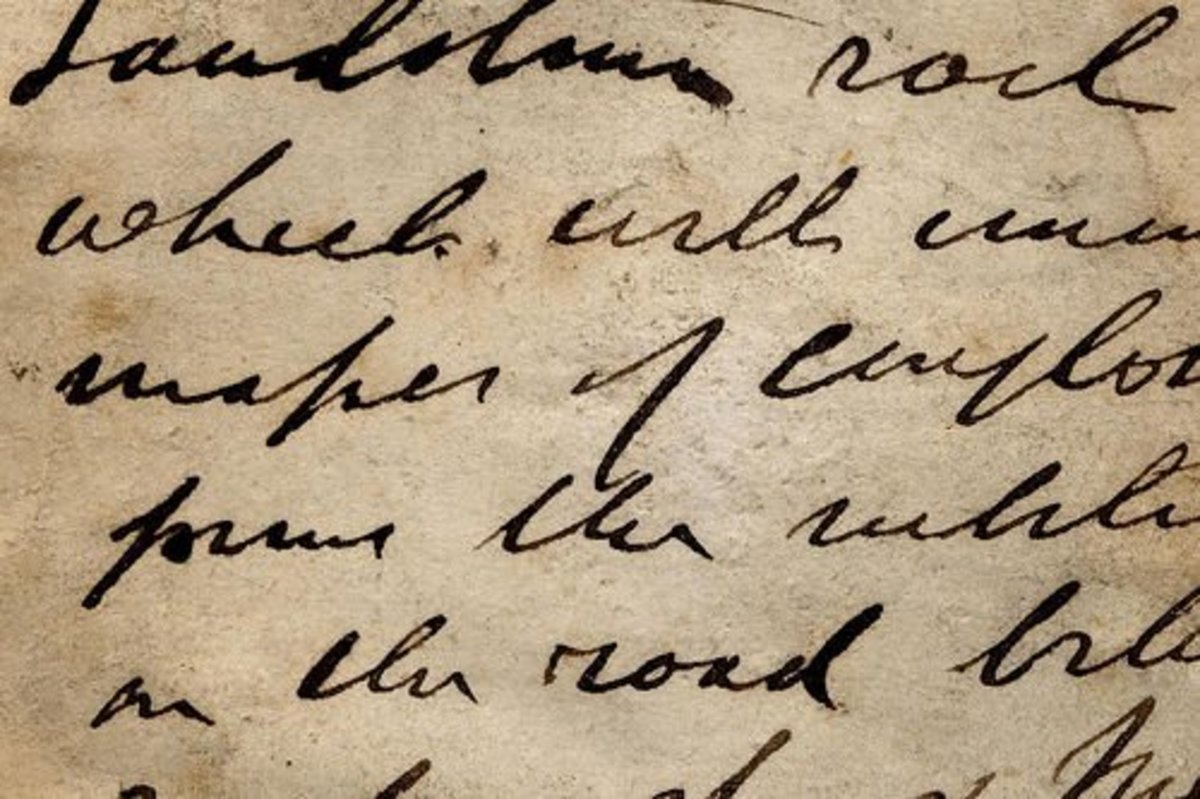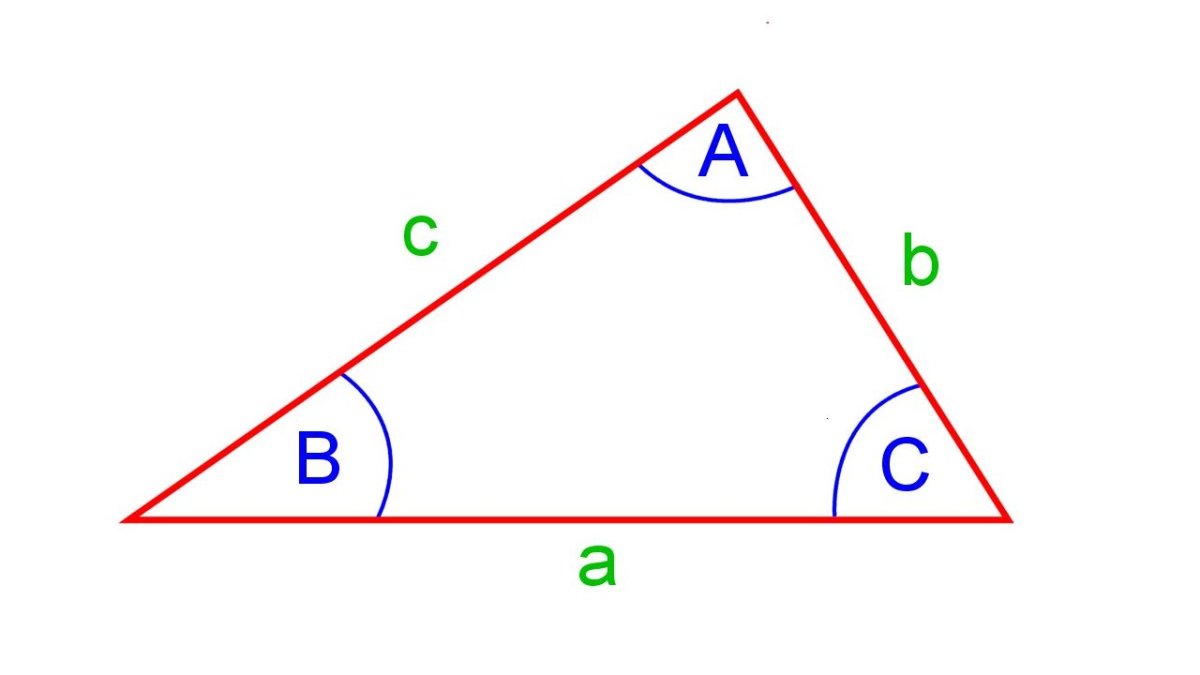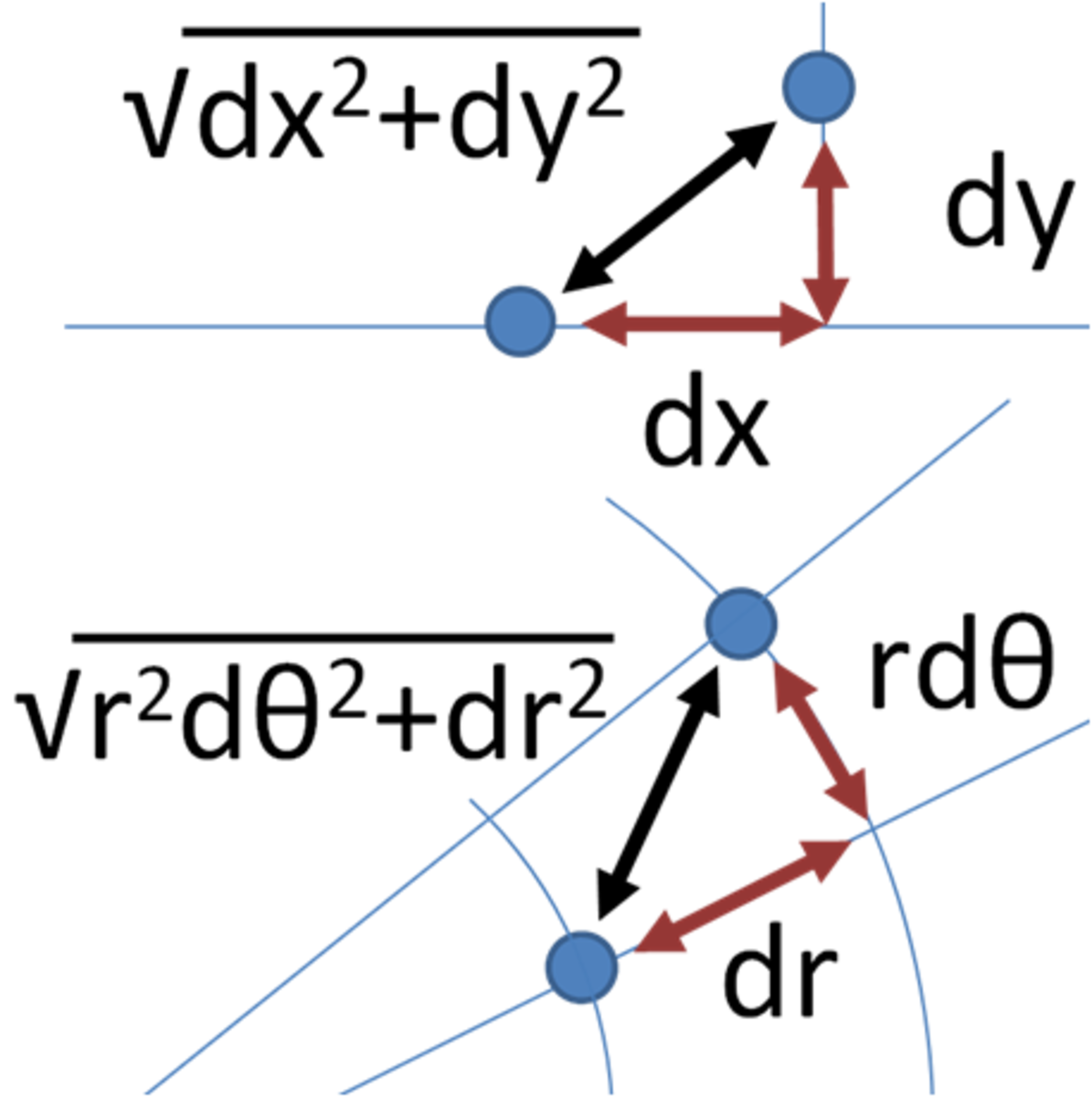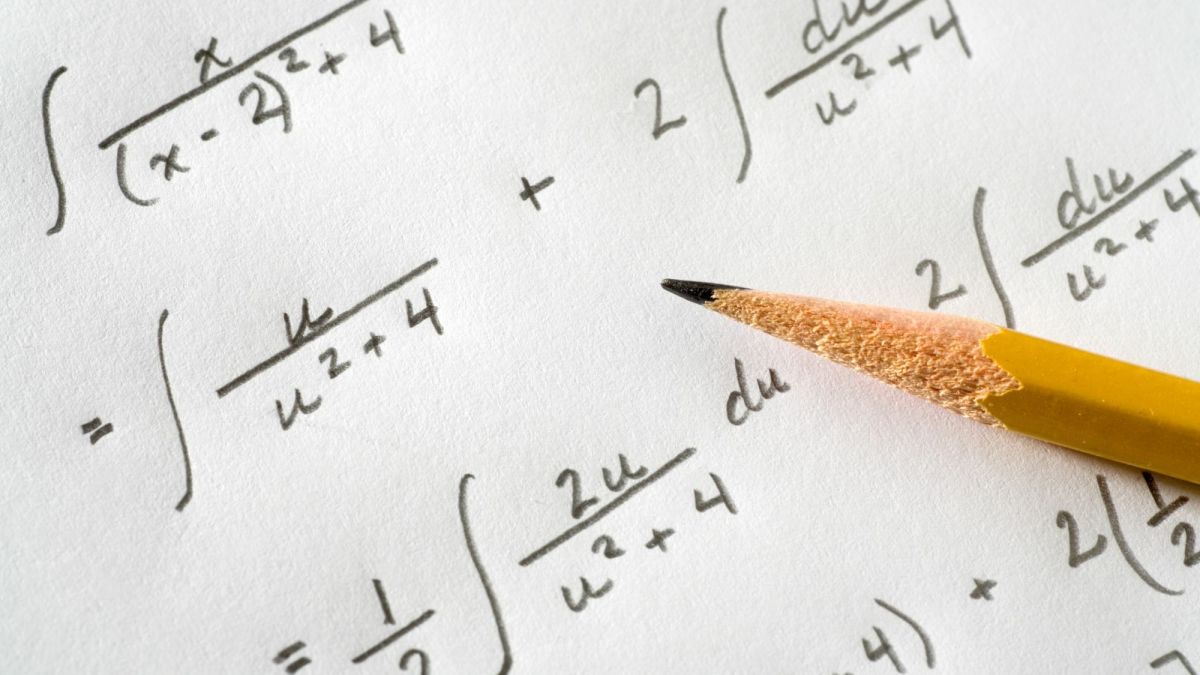How to work out the equation of a straight line graph from 2 coordinate points.
In these 2 worked questions shown below you will be finding the equation of a line that passes through two coordinate points. Click here to read through the theory before you start.
Question 1
Find the equation of the straight line that passes through (1,5) and (5,21).
First work out the gradient of the line using y = mx +c.
m = (y2 – y1) ÷ (x2 - x1)
m = (21 - 5) ÷ (5 – 1)
m = 16 ÷ 4
m = 4
Now since the gradient is found you can substitute this value and one of the coordinate points into y = mx + c to find intercept (c)
The point which I shall use is (1,5) but you will get the same answer if you use (5,21)
y = mx + c
5 = 4 × 1 + c
5 = 4 + c
1 = c
So the intercept of the line is 1.
Now put these values back into y = mx +c.
Therefore the equation of the line is y = 4x + 1.
Question 2
Find the equation of the straight line that passes through (-3, -12) and (1,-4).
First work out the gradient of the line using y = mx +c.
m = (y2 – y1) ÷ (x2 - x1)
m = (-4 - -12) ÷ (1 - -3) (Be careful with the negative signs)
m = 8 ÷ 4
m = 2
Now since the gradient is found you can substitute this value and one of the coordinate points into y = mx + c to find intercept (c)
The point which I shall use is (-3,-12) but you will get the same answer if you use (1,-4)
y = mx + c
-12 = 2 × -3 + c
-12 = -6 + c
-6 = c
So the intercept of the line is -6.
Now put these values back into y = mx +c.
Therefore the equation of the line is y = 2x - 6.
For some harder worked examples on finding the equation of a straight line click here.



